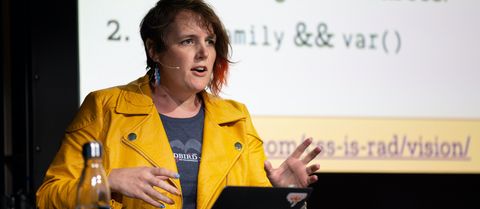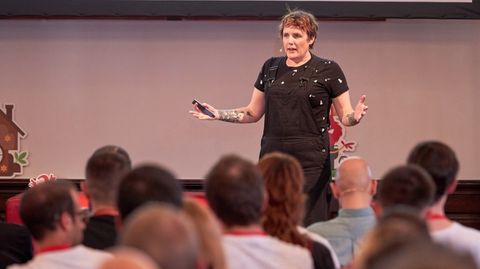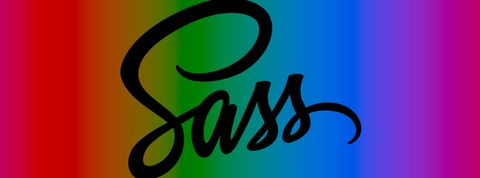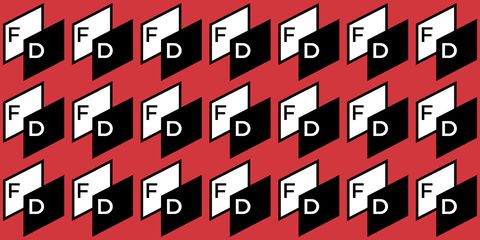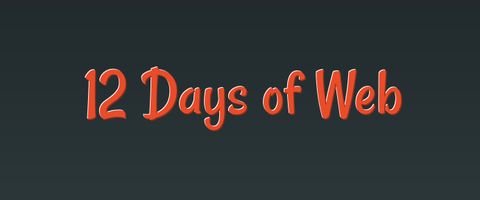That’s exciting but even more interesting to me in the context of a
universal web. I began my career during the height of the Web Standards
Project, CSS Zen Garden, Designing with Web Standards, and A Dao of
Web Design – saturated in the philosophy of universally accessible
design. CSS was relatively new, and explicitly designed to balance the
desires of a web-creator (like me) with the needs of each individual
user (also me), on any number of devices. Terms like “progressive
enhancement” and “unobtrusive JavaScript” dominated the industry. We
were moving away from “only works in X browser” warnings, to embrace an
accessible and resilient user-centered medium.
Over the years, some of those concerns have become industry
best-practice. CSS is now standard, and responsive design is the norm.
But I also see (and build!) more and more apps targeted at a narrow
range of modern, evergreen browsers. Or we ignore new features for years
in order to support a browser like IE11. We’ve become resigned to a
sense that browser support is binary, and we can only use the features
that exactly match our “supported” browsers.
There are many reasons for that shift, including excitement around very
cool new features. I don’t think it’s surprising for an industry to have
these cycles, but I do think it’s time to reflect on where we’re
heading. New CSS features are designed with universal accessibility in
mind, and we also have new features for managing browser-support on a
continuum, much like viewport-size.
Whatever we want to call it Intrinsic Design, Resilient CSS,
Progressive Enhancement, Universal Accessibility, or something else – I
think we’re poised for a new movement and a new era of web creation.
It’s time for us to take the lessons we learned from Responsive Web
Design, adapting to screen sizes, and expand out: adapting to screen
readers, legacy browsers, “smart” speakers, and any number of other
interfaces.
I’m interested in new methodologies and conventions that move past
managing specificity and cascade, or phones and laptops, to help us all
manage accessibility and universal compatibility. I’m interested in
finding ways to embrace all that is wonderful and new on the web,
without abandoning the beautiful vision of a universal web.
We have the tools. Let’s do this.
